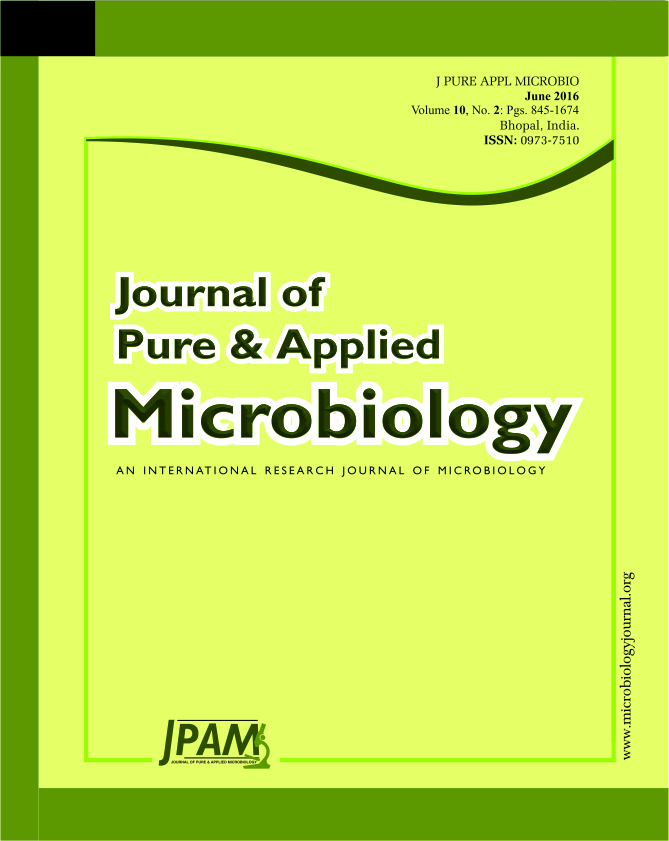An investigation was carried out to study the influence of packaging materials on survival of microbial inoculants. Survival of Bradyrhizobium japonicum, Bacillus megaterium and Pseudomonas fluorescens in lignite and talc formulations were monitored upto six month of storage in different packaging materials such as aluminium and polythene bag. Lignite based B. japonicum and B. megaterium recorded highest viable cells compared to talc based inoculants. B. japonicum and B. megaterium packed in polythene bag supported 100 % cells from the beginning to the end of storage period. Maximum viable cells of P. fluorescens recorded in talc formulation compared to lignite formulation. Survival of P. fluorescens was best in aluminium cover compared to polythene bag. Regarding to packaging materials, polythene bag was the best packaging material for B. japonicum and B. megaterium. Aluminium cover was the best for P. fluorescens. However, both packaging materials were not harmful for survival of microorganisms and maintain good viable cells as per the BIS standards up to 180 days of storage.
B. japonicum, B. megaterium, P. fluorescens, Lignite and talc formulations, Packaging material.
© The Author(s) 2016. Open Access. This article is distributed under the terms of the Creative Commons Attribution 4.0 International License which permits unrestricted use, sharing, distribution, and reproduction in any medium, provided you give appropriate credit to the original author(s) and the source, provide a link to the Creative Commons license, and indicate if changes were made.


